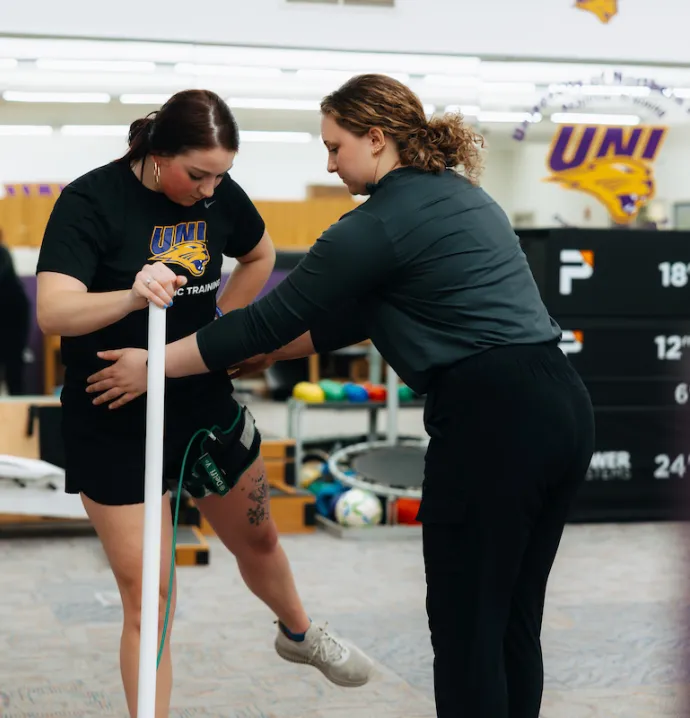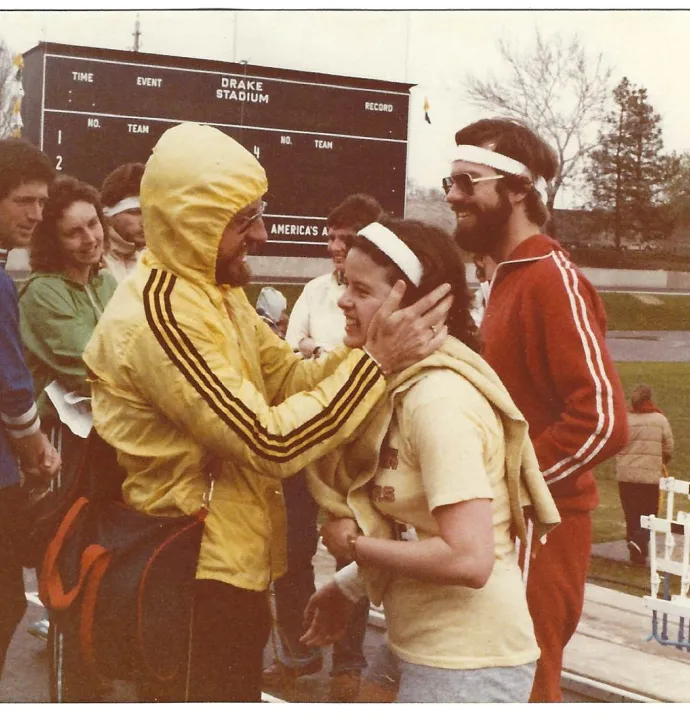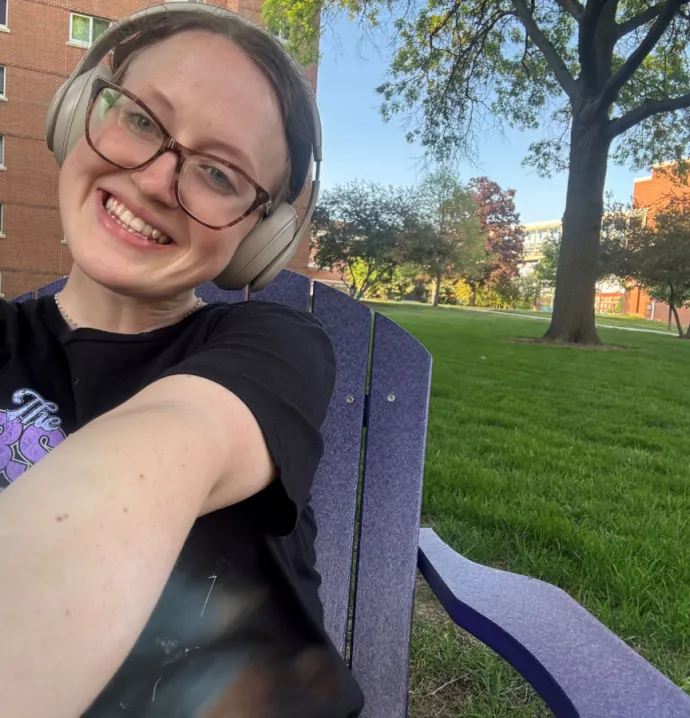Planting positive change
Planting positive change
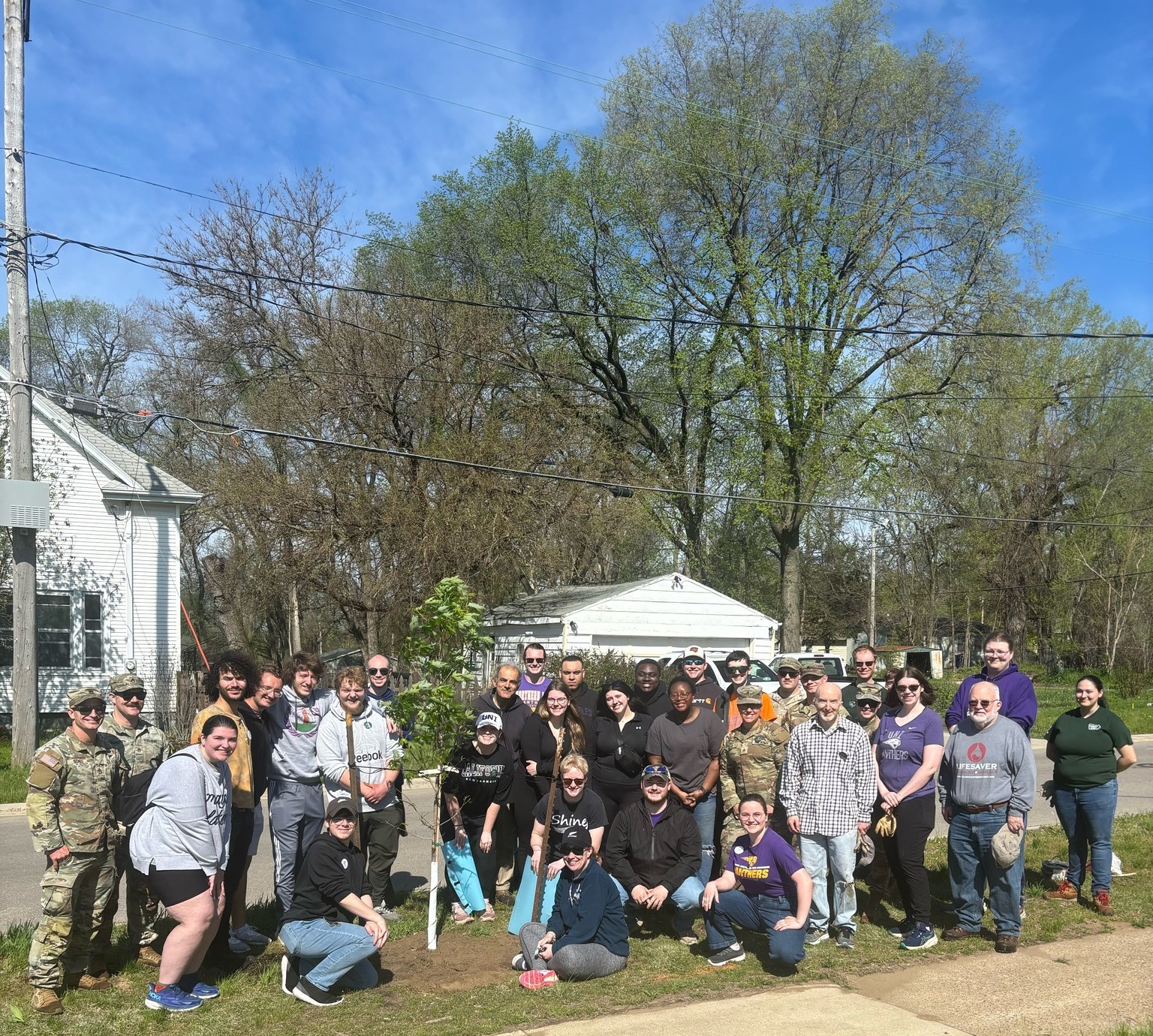
Public administration students in Jayme Renfro’s senior seminar course Race and Public Policy have spent the spring semester learning about how policies from years ago can still impact individuals today. Specifically, they have learned about how discriminatory practices of the past known as redlining created neighborhoods in Waterloo lacking tree canopies. Their semester-long project culminated in planting trees in these areas in the hope that it will help the community.
“I've always wanted to make a positive difference, not just in my own communities, but in the world,” said Olivia Schneider, a junior majoring in political administration and political science. “I think that this was a great start to that. It definitely fed right into my passion.”
So why plant trees? While trees certainly add aesthetic value, Schneider explained they are so much more than that. Trees add property value. Their roots soak up moisture, leading to flooding mitigation. They also improve air quality. Anton Benjegerdes, a senior public administration major, added that the shade and windbreaks from trees can decrease heating and cooling costs.
“It is one more factor in how geographic inequality has shown itself in America,” he said.
“We used a whole bunch of different mapping tools, and you can see that there's less tree canopy coverage in those areas, because people just didn't have the funding to invest in those properties, and the state wasn't going to invest in those properties either,” said Schneider.
The class effort is part of PROJECT HERE, a university-wide effort being piloted this academic year to build citizens who are dedicated to actively making their region a better place.
Before taking Renfro’s class, Schneider admits her knowledge of redlining was very limited.
“I'd heard the term before,” she said. “I feel like most people have kind of heard the term, and they have a general idea of what that term means. But in this class, we really went in-depth. We learned a whole lot about redlining and the impacts, particularly when it comes to environmental impacts because trees were our main focus.”
Schneider went on to explain that redlining was a series of discriminatory practices in which the government gave loans favoring certain communities.
“So the people who wanted to buy houses in those areas, primarily communities of people of color and primarily Black people, who wanted to invest in homes in those areas were much less likely to get loans subsidized by the government,” she explained. “Because those areas were less invested in, even now we're still seeing impacts from those practices.”
“It was heavily heavily associated with race,” Benjegerdes added. “It was not perfectly one to one, but it is very close to it. If a place was marked as not worthy for housing loans, it was also usually the same place where all the Black people were. That's why it is such an important thing in the story of racial inequality in the United States.”
Ahead of the groundbreaking event in Waterloo, Renfro’s class planted approximately 100 tree saplings in pots that will be transplanted to the ground at a later day. Then the class headed to Waterloo to plant around 60 trees. They planted a variety of species from maple to oak.
Not only did the class get their hands dirty for the event, but they also involved members of the community. The class named its endeavor Trees for Cedar Valley and recruited volunteers through social media, media interviews and directly connecting with student groups on campus. Since another member of the media team is part of the National Guard, they were even able to recruit about 10 members of the National Guard to assist. The media team also connected with donors who funded the project.

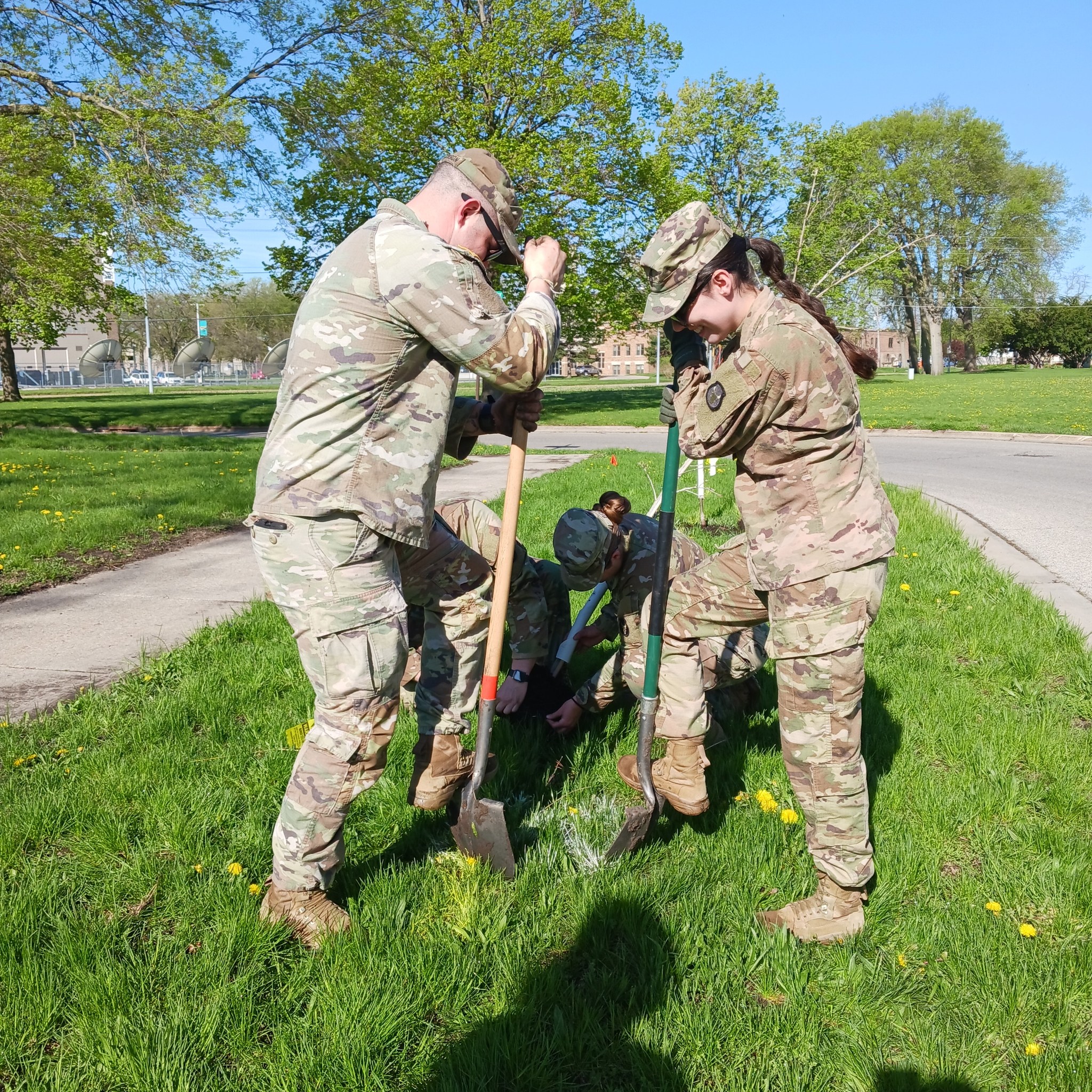
Now the community gets to enjoy the fruits — or rather, trees — of the group’s labor.
“It was nice to see everyone coming out for something that we've been talking about and planning for quite a bit,” said Benjegerdes.
“We hope that it doesn't just end with us,” said Schneider. “We want to see other people sort of look at our example and hopefully create change in their own communities.”


